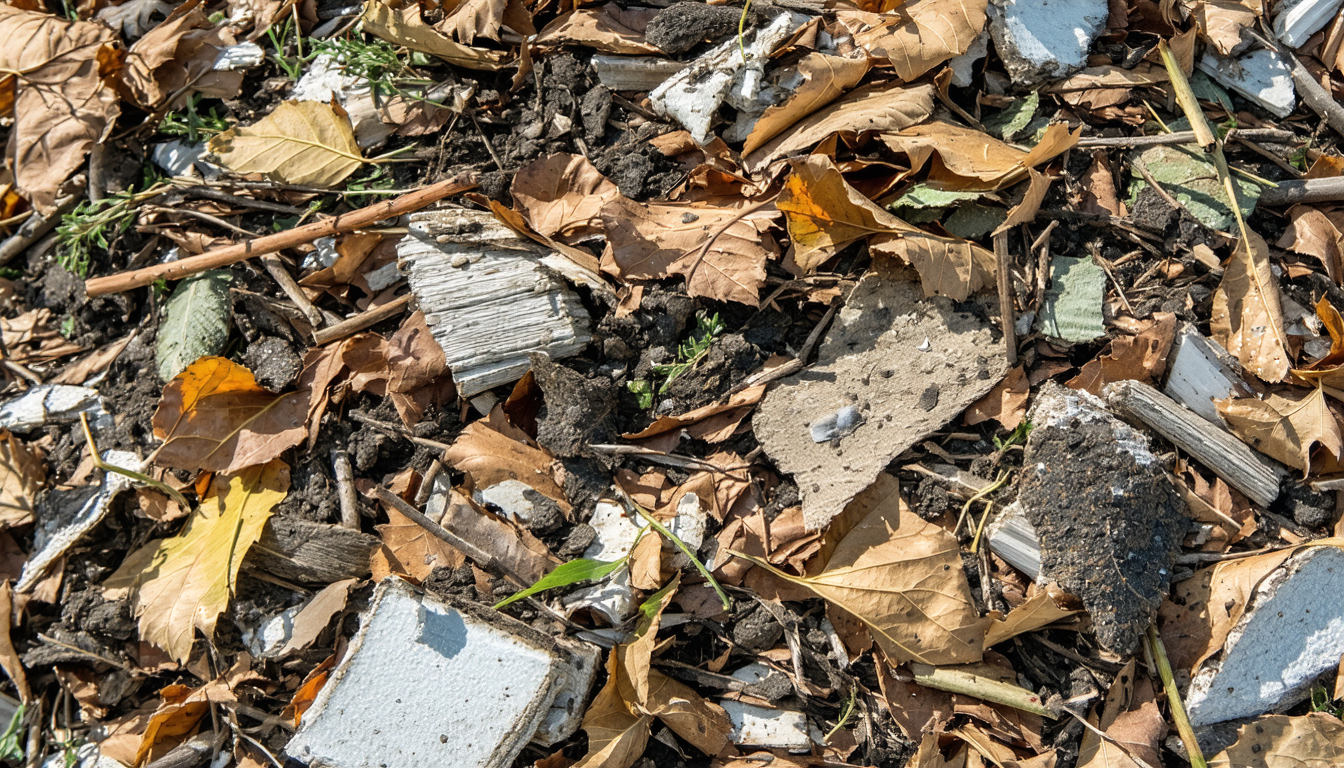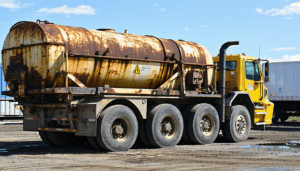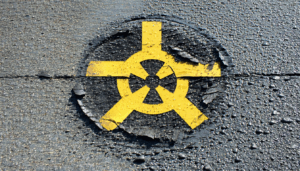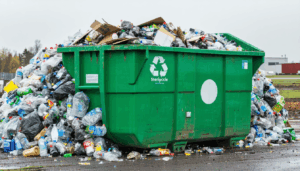Introduction
Across the United States, yard waste disposal has become a pressing environmental and logistical concern as urban and suburban areas grapple with increasing green waste from landscaping, gardening, and seasonal cleanups. With millions of tons of leaves, grass clippings, and branches generated annually, local governments and residents face mounting challenges in managing this organic material sustainably. This article explores the latest trends, regulations, and innovative solutions shaping yard waste disposal, highlighting the impact on communities and the environment while offering insights into how Americans can contribute to more effective waste management practices.
The Growing Issue of Yard Waste in America
Yard waste, including grass trimmings, leaves, and tree limbs, accounts for a significant portion of municipal solid waste in the US. According to the Environmental Protection Agency (EPA), over 35 million tons of yard trimmings were generated in 2018, representing about 12% of total municipal waste. While much of this material is compostable or recyclable, a large percentage still ends up in landfills, contributing to methane emissions and wasting valuable resources.
The challenge is particularly acute during peak seasons like fall, when leaf collection overwhelms many local systems. Cities often struggle with limited budgets and infrastructure to handle the volume, leading to delays in pickup or illegal dumping by frustrated residents. This issue not only affects public cleanliness but also poses risks to local ecosystems when waste is improperly disposed of near waterways or natural habitats.
Yard Waste Disposal Regulations: What’s Changing?
In response to these challenges, many states and municipalities have tightened regulations around yard waste disposal. Over 20 states, including California, Illinois, and Minnesota, have implemented landfill bans on yard waste to encourage composting and mulching. These policies aim to reduce landfill use and promote sustainable practices, but compliance varies widely due to differences in local resources and public awareness.
In 2023, California strengthened its organic waste recycling law under SB 1383, mandating that residents and businesses separate yard waste for composting. According to Maria Lopez, a sustainability expert at the California Department of Resources Recycling and Recovery, “Diverting yard waste from landfills is critical to meeting our state’s greenhouse gas reduction goals.” However, some smaller communities struggle with the costs of establishing composting programs, highlighting a gap between policy ambitions and practical implementation.
Innovative Solutions for Managing Green Waste
As traditional disposal methods strain under growing demand, innovative approaches are emerging to address yard waste challenges. Here are some notable solutions gaining traction across the US:
- Community Composting Programs: Cities like Seattle and San Francisco have robust curbside composting services that collect yard waste alongside food scraps, turning them into nutrient-rich soil amendments.
- Drop-Off Centers: Many municipalities now offer designated drop-off sites where residents can bring green waste for free or at a low cost, reducing illegal dumping.
- Private Sector Partnerships: Companies like Waste Management are collaborating with local governments to provide specialized recycling services for yard debris, easing the burden on public systems.
- Educational Campaigns: Outreach efforts are teaching residents how to mulch grass clippings or compost at home, reducing the volume of waste that needs municipal handling.
These initiatives show promise but require sustained investment and public participation to achieve widespread impact. Experts emphasize that educating homeowners about proper disposal methods is just as important as building infrastructure.
Impacts on Communities and the Environment
Effective yard waste disposal benefits more than just sanitation departments; it directly impacts community health and environmental sustainability. Diverting green waste from landfills reduces greenhouse gas emissions, as decomposing organic material in anaerobic conditions produces methane—a potent climate pollutant. Composting, on the other hand, sequesters carbon and enriches soil, supporting agriculture and landscaping.
For residents, improper disposal can lead to fines or neighborhood disputes over unsightly piles of debris. Meanwhile, rural areas often lack access to composting facilities, forcing reliance on burning or landfilling—practices that can harm air quality or local wildlife. Balancing these stakeholder needs remains a key focus for policymakers.
Looking Ahead: The Future of Yard Waste Management
The trajectory of yard waste disposal in the US points toward greater integration of technology and community-driven solutions. Advances in bioenergy could see more green waste converted into renewable fuel, while mobile apps are helping residents track pickup schedules or locate nearby recycling centers. However, funding constraints and regional disparities may slow progress unless federal support increases.
On a positive note, growing environmental awareness among Americans suggests a willingness to adopt greener habits. As John Carter, an environmental consultant based in Texas, notes, “When people understand the value of composting or mulching, they’re more likely to participate—it’s about connecting personal actions to planetary benefits.”
Conclusion
Yard waste disposal remains a complex but solvable challenge for the United States. With millions of tons generated each year, innovative programs, stricter regulations, and public education are paving the way for sustainable management. By embracing composting, supporting local initiatives, and staying informed about disposal options, communities can reduce landfill burdens and protect the environment. The path forward requires collaboration between residents, businesses, and policymakers to ensure that green waste becomes a resource rather than a problem.
Frequently Asked Questions (FAQ)
1. What qualifies as yard waste?
Yard waste typically includes grass clippings, leaves, branches, shrubs, and other organic materials from lawn care or gardening. It excludes inorganic items like plastic bags or rocks.
2. Can I throw yard waste in regular trash?
In many states with landfill bans, yard waste must be separated from regular trash. Check local regulations to avoid fines or penalties.
3. How can I dispose of yard waste sustainably?
Consider composting at home, using curbside collection services if available, or taking materials to designated drop-off centers for recycling.
4. Why is proper yard waste disposal important?
Proper disposal prevents landfill overuse, reduces greenhouse gas emissions, and supports soil health through composting or mulching.




